Importers, manufacturers, suppliers and users of hazardous chemicals have specific duties under work health and safety (WHS) laws. These are regulated and enforced by WHS regulators. Some chemicals are regulated by other authorities.
From 17 November 2025, the workplace exposure standard (WES) for Aluminium (welding fumes) will be reduced from 5 mg/m³ to 1 mg/m³ (as an 8-hour time weighted average). This reduction brings the WES for aluminium welding fumes in line with the existing WES for welding fumes (not otherwise cl
Safe Work Australia is seeking feedback on a proposal to reduce the Aluminium (welding fumes) workplace exposure standard (WES) from 5mg/m3 to 1mg/m3.
Safe Work Australia is consulting on the proposed workplace exposure limits (WEL) for 9 chemicals (benzene, chlorine, copper, formaldehyde, hydrogen cyanide, hydrogen sulphide, nitrogen dioxide respirable crystalline silica, titanium dioxide).
Safe Work Australia is seeking feedback on the impacts of proposed workplace exposure limits for 9 chemicals. The consultation aims to gather information on the economic, social and health impacts of the proposed exposure limit for each chemical.
Work health and safety (WHS) ministers have agreed to the new WEL list and a harmonised transition period ending on 30 November 2026. This change comes after extensive work and consultation to revise the Workplace exposure standards for airborne contaminants (WES).
This page provides resources and further information for persons conducting a business or undertaking (PCBUs) and workers on the workplace exposure standards (WES), workplace exposure limits (WEL) and the WES review.
From 1 December 2026 Australia will adopt the Workplace
Safe Work Australia has developed a new information sheet to assist PCBUs to use the national fire danger rating and warning systems to identify and assess t
This Decision Regulation Impact Statement (Decision RIS) provides an analysis of the impact of a prohibition on the use of engineered stone under the model WHS laws.
The Hazardous Chemical Information System (HCIS) has been updated with 301 entries of new or amended data.
Safe Work Australia is seeking to understand whether certain chemicals, which are non-threshold genotoxic carcinogens (NTGCs), are present in Australian workplaces, in what quantities and for what purpose.
Safe Work Australia is seeking feedback on a proposed workplace exposure standard for diesel particulate matter.
Safe Work Australia is reminding all stakeholders that consultation on a prohibition on the use of engineered stone will close soon.
Quotes attributable to Safe Work Australia CEO Michelle Baxter:
“I welcome the decision by WHS ministers to agree to Safe Work Australia’s recommendations on action to reduce workplace exposure to respirable crystalline silica and prevent silicosis and silica-related diseases in Austral
This consultation paper presents three options for a prohibition on the use of engineered stone. Safe Work Australia is seeking stakeholder feedback on the proposed options, including evidence and data to inform the impact analysis of these options.
The 2-year transition period from the Globally Harmonized System of Classification and Labelling of Chemicals Revision 3 (GHS 3) to Revision 7 (GHS 7) is now in its final months.
Use this guide if you manage diesel exhaust exposures at the workplace.
Exposure to diesel exhaust can cause eye, nose, throat and lung irritation, and suffocation. Long-term exposure can:
This guide helps doctors monitor the health of workers exposed to isocyanates.
Isocyanates are a group of highly reactive, organic compounds of the formula R-N=C=O.
Hazardous chemicals requiring health monitoring and examples of chemicals to consider for health monitoring.
The information in this guidance is taken from regulation 436 (asbestos) and Schedule 14 of the model WHS Regulations.
This policy statement outlines labelling requirements for agricultural and veterinary (AgVet) chemicals under the model Work Health and Safety (WHS) Regulations.
Use this fact sheet if your business makes or supplies alcohol-based hand sanitisers during the COVID-19 pandemic.
This example of a site plan will help you create your own layout showing important areas, such as:
-
chemical stores
-
vehicle entry points.
This poster shows the labelling information required for hazardous chemicals in each hazard class in the Globally Harmonized System of Classification and Labelling of Chemicals (GHS). You must label hazardous chemic
Under the model Work Health and Safety Laws, workplaces that handle or use hazardous chemicals must use the hierarchy of controls to manage health and safety risks.
About this seminar
In this broadcast, Shaun Jenkinson, from ANSTO discusses his organisation’s plan for zero injuries, zero defects and zero waste.
This guide helps manufacturers and importers correctly classify hazard
If you are a person conducting a business or undertaking and you store, handle or use hazardous chemicals, you must put up signs to let workers and visitors know about the dangers of the hazardous chemical.
The workplace exposure standards review has been completed. Until 1 December 2026, you must still comply with the Workplace exposure standards for airborne contaminants.
Hazardous chemicals are substances, mixtures and articles that can pose a risk to health and safety.
Hazardous chemicals can be dangerous if they are not properly managed.
Health monitoring is the monitoring of a worker by doctors to identify changes in their health status because of exposure to certain substances. If you are a person conducting a business or undertaking (PCBU), you must provide health monitoring to workers if there is a signifi
Chemicals are any substance that has a defined composition. The information provided here relates to manufactured chemicals and how to manage them.
This guide is for workers who use hazardous chemicals.
Australia uses the Globally Harmonized System of Classification and Labelling of Chemicals (GHS) to classify and label chemicals.
This guide helps doctors monitor the health of workers exposed to fluorides.
Fluorine (as F2) (CAS 7782-41-4):
-
is a pale-yellow gas at normal temperature
